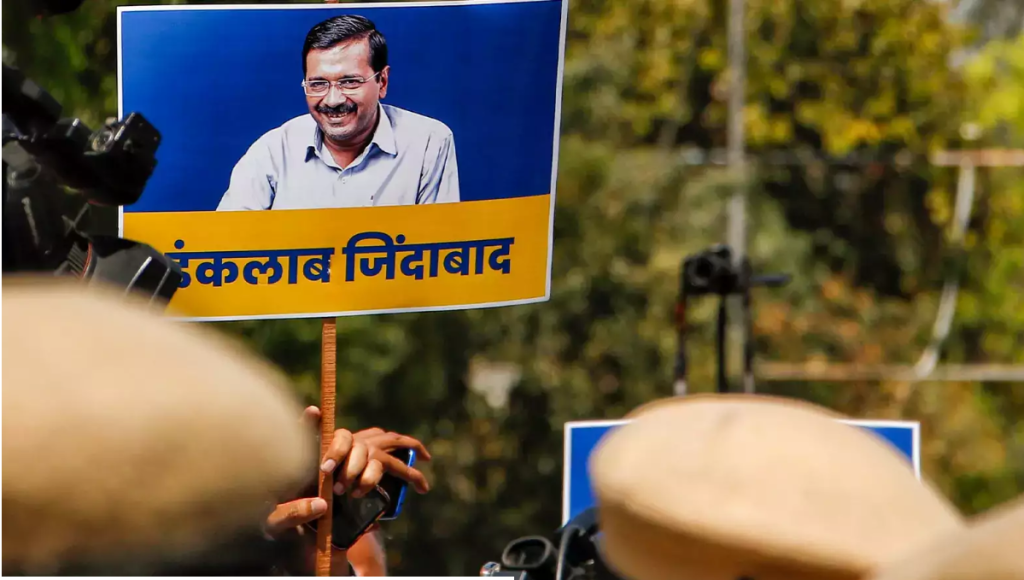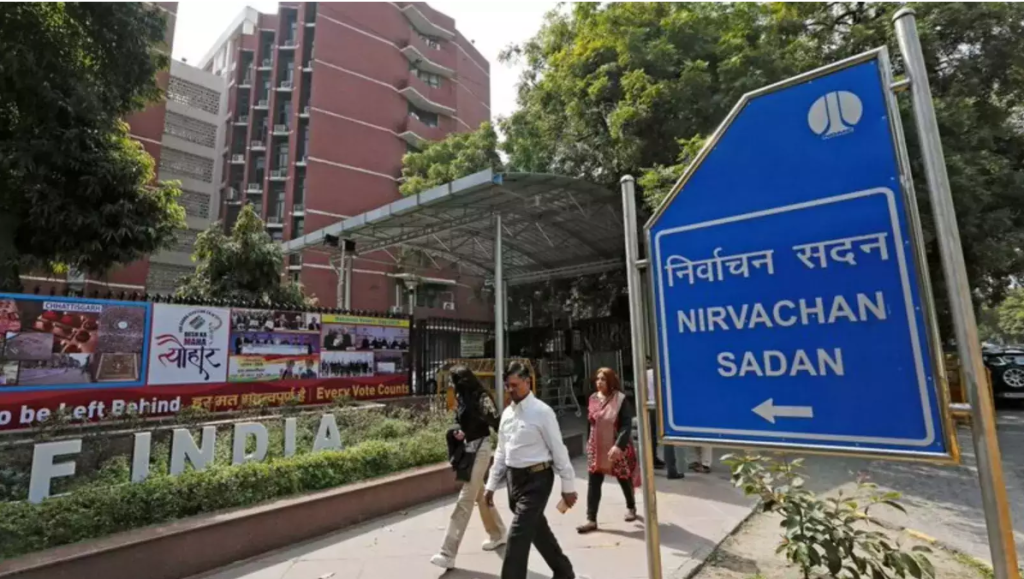Should lending rates of microfinance institutions (MFIs) — often 28-36 % — be capped? Some folk think so. Officials in Andhra Pradesh once closed down MFIs for usury, but the RBI came to the rescue, declaring there could be no cap on lending rates. Banning MFIs would only drive poor people into more expensive loans from moneylenders. MFIs have provided finance to 20 million poor people, whom nationalised banks could not reach. The RBI itself has promoted microcredit by classifying bank loans to MFIs as priority sector loans.
But now capping has again come to the fore. The finance ministry has apparently told banks to ensure that MFIs to whom they lend cap their lending rates at 22-24 %. This directly contradicts the RBI policy that there should be no interest rate caps, and the RBI is the regulator of banks. It remains to be seen whether the RBI will assert itself or give way on this.
Charging poor people 30% interest sounds terrible. Resentment is building up after the IPO of SKS Microfinance, India’s biggest MFI. Its shares were launched at Rs 1,000 and have soared to Rs 1,400. Other MFIs are queuing up for fresh IPOs. A sector that started as a service to the poor now looks a moneyspinner , attracting private equity funds with no social aims whatsoever. Some MFIs have a return on assets of 5-6 %, much higher than banks.
Is this unwarranted loot? Not at all, say the poor. They clamour for more such loans, and repayment rates exceed 99%, suggesting the interest rates are affordable.
Critics say the poor are financially ignorant and being duped. Wrong: the poor are astonishingly sophisticated money managers, simultaneously handling multiple assets and liabilities. Indeed, their annual financial turnover, as they juggle assets and liabilities, can be three times their net assets. This is detailed in a seminal new book, Portfolios of the Poor by four microfinance experts — Collins, Morduch, Rutherford and Ruthven. It should be compulsory reading for the finance ministry and all other critics.
MFI lending rates in India are lower than in Mexico or South Africa. Compartamos in Mexico lends at up to 100%, yet borrowers repay. How so? An annual rate of interest is meaningless for businesses with a daily churn. A vegetable vendor borrows Rs 300 to buy vegetables wholesale, selling these for Rs 450. Even if he pays 100% per year interest on his loan of Rs 300, it amounts to just 90 paise/day, a negligible portion of his profits.
Many poor Indians use MFI loans to pay off moneylenders. An MFI loan at 30% to pay off a moneylender’s loan at 100% is a blessing.
The poor try to save with chit funds, store cash at home, or deposit cash with ‘moneyguards’, who look after it. Yet all these bear risk: chit funds go bust, homes are robbed, moneyguards disappear. The poor will happily pay a fee for the safety, regularity and reliability of MFIs. If you exclude the loan processing fee or security deposit charged by MFIs, their effective interest is often just 24%.
The book tells the story of a woman who collects savings from poor housewives and returns these in a lump sum at the end of the year after deducting her fees — so the rate of interest is actually negative! Yet her services are popular because she enforces discipline in savings, and for this, people are willing to pay a fee. The same holds for the discipline of MFIs.
Critics say that since banks give priority sector loans to MFIs, they should control lending rates too. Others say MFIs with an IPO bonanza do not deserve priority sector loans. But why not? Exports are a priority sector, and Tata and Ambani are not denied export finance because they are big. Nor are they subject to caps on prices or profit margins. Some software exporters have operating margins of 100%.
Large MFIs can and have cut lending rates. But new MFIs lose money for years before breaking even at 36% interest. Weekly meetings with clients are expensive but inescapable: this enforces group solidarity and loan discipline. As loans rise from Rs 5,000 to Rs 15,000, operating costs fall and interest rates can be cut. When MFIs make large business loans with monthly rather than weekly repayments, then too interest rates can be cut. In semi-urban areas a single agent can handle 1,000 clients a week, but in remote areas no agent can handle over 200 clients, and that’s costly.
With such diverse conditions for different MFIs, a cap of 24% is a blunt, arbitrary instrument. Retained profits are vital for MFI expansion, but will disappear with caps, which will also bankrupt small, new MFIs. Caps will discourage MFIs from entering remote areas most in need of inclusive finance. A cap will benefit the haves (who already get microcredit) at the expense of have-nots.
Many MFIs want to become low-cost distribution networks for consumer goods. The poor buy tiny quantities of such goods, and so miss scale economies in buying. MFIs can agglomerate consumer goods for their clients, lowering prices. However, such diversification will entail initial losses. An interest cap will strangle diversification in the womb, financial infanticide so to speak.
Competition between MFIs is already lowering rates. Vinod Khosla, who has invested both in non-profits (Casper) and for-profits (SKS), says part of the bonanza from an IPO should go back to the clients. This excellent idea should become standard practice. MFIs should include this in their code of conduct.
If the finance ministry insists on MFI curbs, the least bad solution may be a cap on dividends. If high profits are ploughed back into expansion, it benefits new borrowers. That’s not the case if high profits go out as high dividends. Capping MFI dividends at 12% for the next five years will be better than an interest cap of 24%. This will still discriminate against MFIs: Infosys, Tata and Ambani don’t even try to promote inclusive finance, yet face no dividend cap.





they can do this regulating stuff after 5-6 years , by then, financial services would be available even to bottom of the pyramid………..
They may as well charge 200%, quite frankly that is not the point. If it is not workable to the loan taker he is not going to take it any way.
But truly is that the real and only reason why people take loan?
Had that been the case, credit card spending amongst the urban intellectuals would not have fallen by more than 60% when compared during the boom time and subsequent to the consequences of people committing suicide.
It has come to light mis selling of all these financial products by very renowned banks with very high and flowery “code” of “conduct”.
I think there has to be a code of “conduct” on selling. There has to be a code of “conduct” on the MFI letting the customers know and understand the fine print.
Let market determine the pricing and costing but it is selling that needs to be regulated and MFI’s made to pay a heavy price for any deviations and instances of mis selling.
Let there be absolutely no doubt that Banks and their DSA’s have cheated big time during the boom time. It is hoped that this is not replicated with the poor by the MFI’s. Does any code of conduct guarantee that? Is the RBI willing to come heavy on these big boys giving away micro finances?
If yes then interest is not the primary factor of concern.
However, if not then interest needs to be capped. The reason is it does not leave much room for those fancy financial modeling and risk calculations with greed and exploitative underpinnings.
Mr Devarajan Swaminathan has made an excellent point.The advocates of free market often fail to see the point that companies cheat people through hidden clauses and customers do not know what they need to pay for the services they are getting.An example is life insurance ULIPs which claim that hundred percent of your investment will be allocated in equities.can they tell us how they pay their agents 20% commision if they invest 100% of your money.expecting integrity from Code of conduct is as bad as assuming that people from government or public sector will work honestly just because they are in social sector. without the fear of law no one should be expected to be honest.
but swaminomics is right in saying that microfinance is more effective than other instruments in financial inclusion.So it should be encouraged and not be subject to such regulations that it becomes defunct but regulations are needed because they cater to customers that are least aware of cunning ways of market forces.
Many organizations have identified the business potential of ‘Microfinance’, freedom to fix interest rate from RBI( the current interest rate is 28-36%)’ millions of potential customers (presently over 22 million), liberal loan from the banks under priority sector ,99% repayment rate due to ‘honest’ customer and recovery team, and hardly any control of regulatory bodies. The SKS microfinance has shown the fate of other microfinance companies. The ultimate motive of these MFIS is profit and not the service of the rural poor like any other financial institution. The description in media from different parts of country specially from Andhra Pradesh clearly indicate that for rural population the loan from MFI and moneylender is almost similar and they switch-over between two for repayments.
It should be clear to all, that rural population can not afford the high interest rate for long as there is hardly any economic activity through which they can earn huge profits.The example of vegetable vendor look right but the regular income for 365 days in a year is a remote possibility. The poor may have exceptional skill of financial management as described in’portfolios of the poor’ , but the primary problem is resource and not the management.
There must be some cap on the interest rate which may be linked to the area, size of the MFI, activities in which the loan is utilized. The profit for MFIS is not bad but not at the cost of poor but through the efficient administration and planning.
For one time Swaminathan’s swaminomics is not right on spot. Unusually this time he is not connected with the roots and real situation. he is comparing the interest rates with the business of vegetable vendor and finally coming with a discovery that it is only Rs. 0.90 for Rs. 300 per day…He has forgot that the MFIs try only the women and the SHGs which is a sort of captive audience for them.. Come one time to AP and see the loot and the plight of people…Being economist is one thing and seeing through peopl’s eyes is a different thing sir..please come to the field….you can see the dead bodies and the corpses that are lying on the ground to welcome…you..its not emotional black mail…but the anguish in AP that the SHG structure we painfully built over the last ten years is crumbling under its own weight,,,
” the poor are astonishingly sophisticated money managers, simultaneously handling multiple assets and liabilities” – that is absolute nonsense. They why are they poor in the first place ? They would have gotten rich even without the MFIs who are out to make money from these poor and clueless people.
Sir, MFIs have created kind of terror in state of Andhra Pradesh and in most cases interest rate is crossing over 70 % thus leading to commit suicides by borrowing people.
the govt of Andhra brought legislations which has killed this industry, my article on the effects of that legislation on microfinance industry in Andhra and India http://thinkninkwithsaurabhsinha.blogspot.in/2013/06/microfinance-analysis-on-how-ap-govt.html